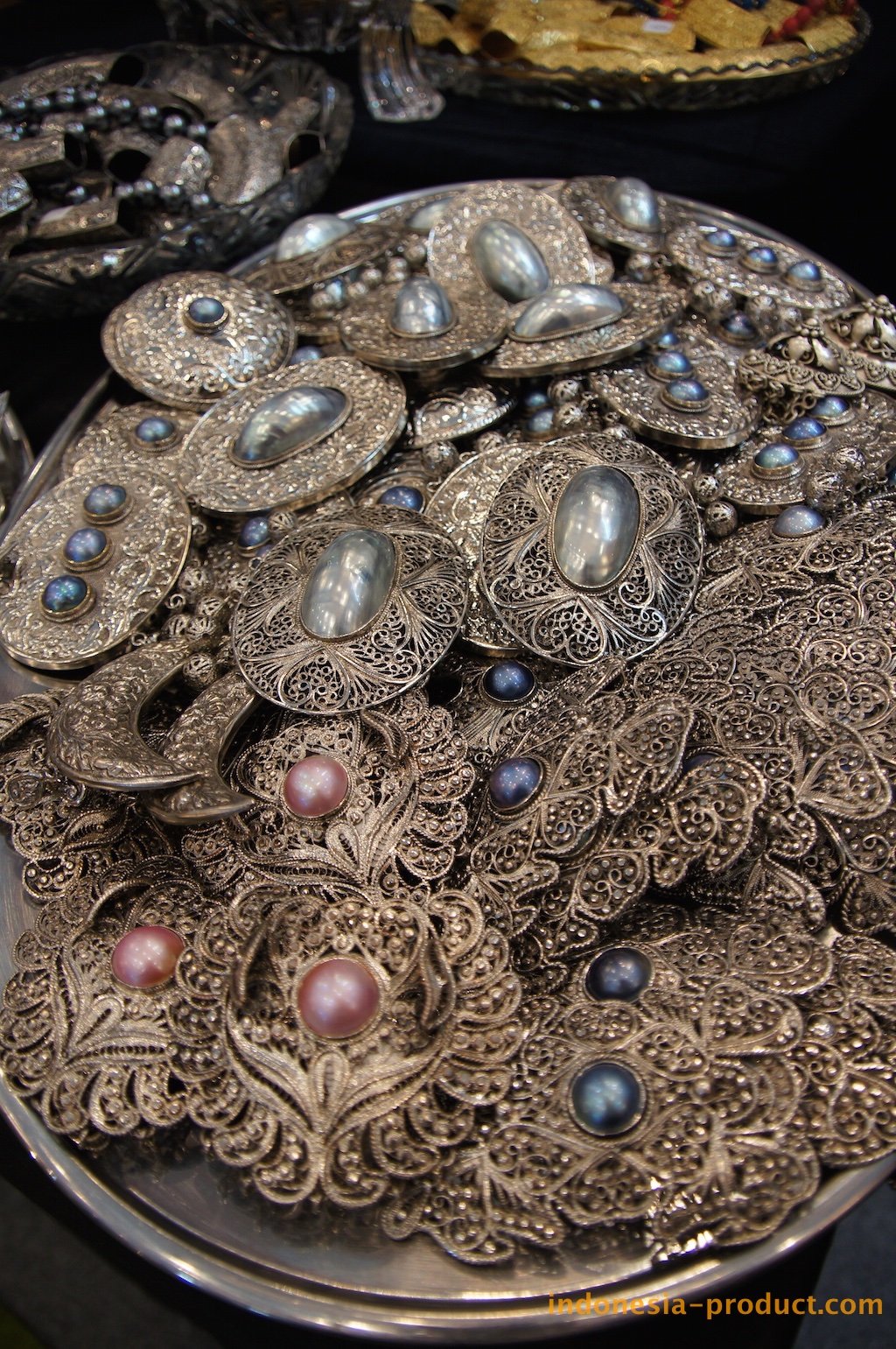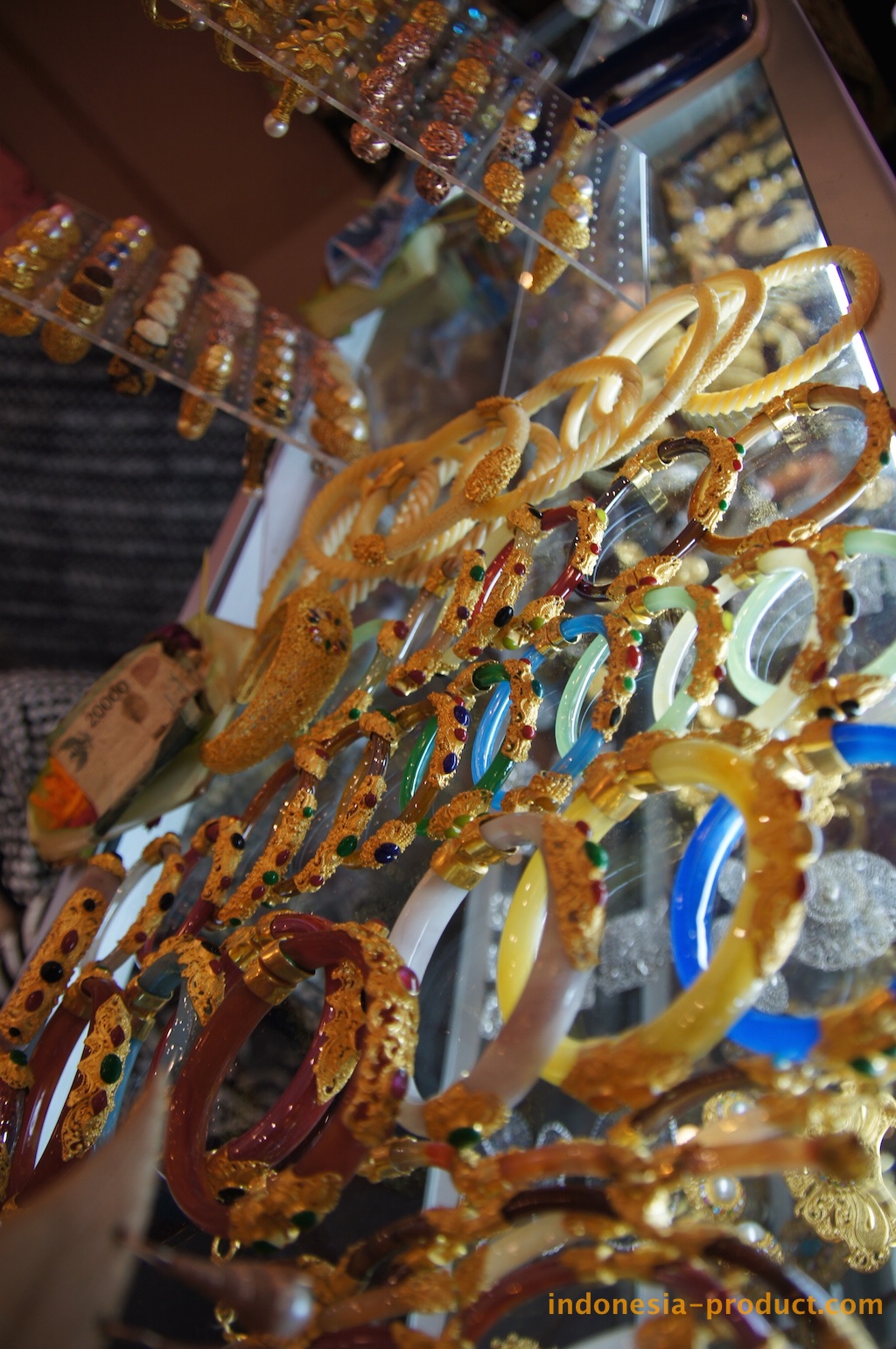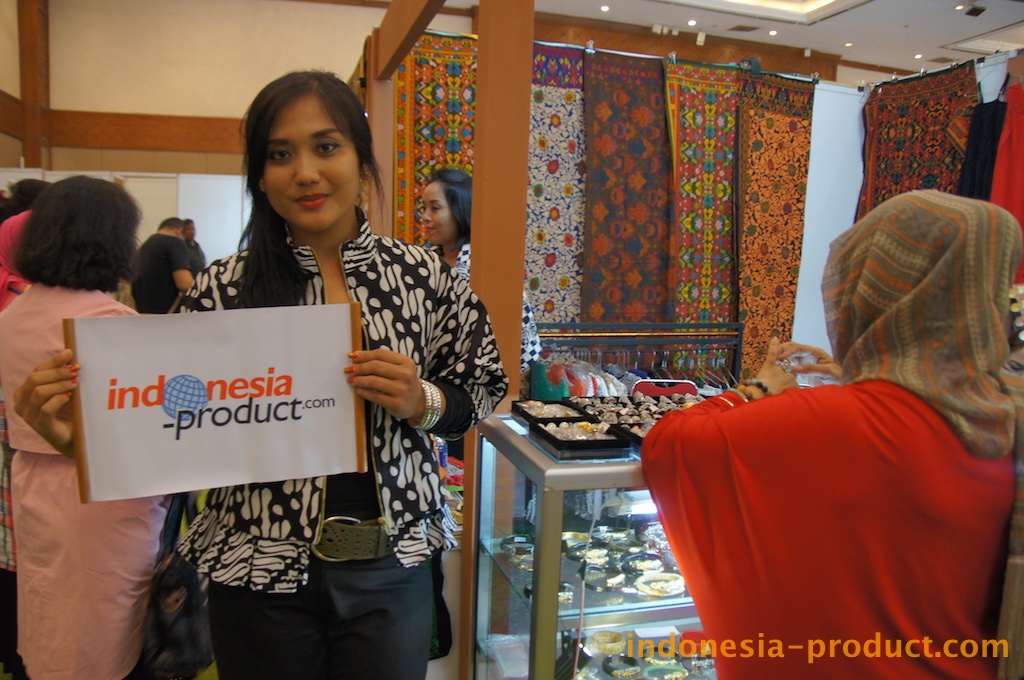Jewelry, toys found hazardous
Urbana/Champaign News-Gazette, ILÂ
Parents, you might want to take a look at what’s in your child’s jewelry box or toy chest. Consider:
– Some SpongeBob Squarepants fishing poles sold in stores across the country from 2001 to 2005 were discovered to have been coated with lead paint.
– Reebok charm bracelets given to shoe customers contained 67 percent lead by weight.
– Some American Girl earrings, necklaces, bracelets and hair accessories sold from 1999 through February 2006 were found to contain high levels of lead.
Lead jewelry is hazardous to children if they put it in their mouths or swallow it, according to the Centers for Disease Control and Prevention. If ingested, lead is toxic to children.
You’ve probably heard about lead poisoning risks from old paint chips and lead paint dust, but there are also risks associated with children’s toys. In the last two years, the U.S. government, along with dozens of retailers, have recalled millions of pieces of children’s jewelry and toys after they were found with elevated amounts of lead in them.
Although Illinois leads the nation with the highest number of children with elevated blood lead levels, the actual number of children with lead poisoning is declining. About 5 percent of Illinois children tested in 2003 were found with elevated blood lead levels. That’s down from about 20 percent of children tested in 1996.
As blood lead levels decline and more people have become aware of lead paint dangers, ingestion of items containing lead (such as jewelry, candy or folk medicines) has become a more common reason for life-threatening blood lead levels, according to a recent Morbidity and Mortality Report from the Centers for Disease Control and Prevention.
Lead occurs naturally in the environment, and it’s used to make a variety of consumer goods, including jewelry. But what’s of interest to the government and consumers is how much lead is in a product and is that lead accessible, meaning, for example, does it flake off? Can it be ingested?
It’s reasonable to assume adults are not going to put jewelry in their mouths, said Julie Vallese, spokeswoman for the Consumer Product Safety Commission, the government agency behind all the recalls. But that’s not the case with 2-, 3- or 4-year-olds, she said.
One recent recall was for the silver-colored, heart-shaped Reebok charm bracelets given to customers who purchased some children’s shoes. That recall of 300,000 was prompted by the death in February of a 4-year-old Minnesota boy who swallowed the charm and died of lead poisoning.
“It might be safe to say that we’re now seeing lead in jewelry because we’re testing for lead in jewelry,” Vallese said.
In July 2004 the commission announced a recall of 150 million pieces of metal toy jewelry sold in vending machines across the country. Eight months later the commission announced a new enforcement policy that outlined steps manufacturers, retailers and importers of children’s jewelry should take to reduce the amount of lead in products. It also outlined specific procedures for testing lead in jewelry.
According to the commission’s guidelines, children’s jewelry should not contain more than 600 parts per million of lead, or 0.06 percent by weight. If a piece of jewelry is found to contain 600 ppm of lead after an initial test, the product must be tested again, by an extraction type of test that determines how much lead is leaching out of the product, Vallese said. If the item tests above 175 micrograms, it’s pulled off the market.
The 150 million pieces of recalled toys from vending machines in 2004 originated from India. The majority of children’s products recalled for lead risks in 2005 and 2006 came from China.
A bracelet might be designed by one company, have a charm made by one manufacturer and the cord may come from another. They might not all be made in the same country.
“But in the end there is some kind of company with U.S. ties who needs to make sure the product they bring into the market is safe for U.S. consumers,” Vallese said.
Lead typically is found in three types of children’s jewelry, according to the Oakland, Calif.-based Center for Environmental Health.
The first is in metal charms, the cheap, pewter metal-type of costume jewelry, not sterling silver-type pieces, said Lara Cushing, the center’s research director. Lead is often added to the manufacturing process because it makes the items easier and cheaper to cast, Cushing said.
Lead also can be found in vinyl plastic cords, the kind jelly bracelets are made out of, Cushing said. In those items, lead is often added as a stabilizing agent in the plastic. (Children’s lunch boxes that contain vinyl might contain lead, too.)
Another place lead has been found is in fake pearls that were painted with lead paint. These are usually vintage pearls passed down from parents or grandparents to a child; the pearls are usually found in a child’s dress-up box, Cushing said.
Retailers are required to report any hazards to the Consumer Product Safety Commission. The commission also is alerted to hazardous products from customers and from conducting its own investigations, Vallese said.
In Illinois, retailers are required to post any recall information in their stores and on their Web sites. Illinois Attorney General Lisa Madigan recently announced she will send investigators around the state to make sure stores no longer are stocking the recalled items and that information about the recall is posted in a prominent location.





